A tale of three decades
Perspective from a longtime Cessna Conquest II owner
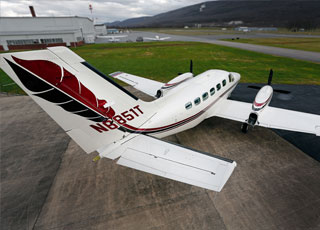
The price of performance
Well-maintained 441s maintain their value well, according to aircraft valuation publisher Vref. The latest pricing data show a 1978 model with the -10 engine and four-blade prop conversions retailing for about $1.1 million—more if it has RVSM certification. That’s about 124 percent of its original retail price. Last-model 1986 Conquest IIs retail for about $1.55 million, about 81 percent of new. There are 212 still on the FAA registry, and about another 100 flying internationally; 363 were built.
Buyers should plan to deduct $150,000 to $200,000 if the airplane has not had Cessna’s “mandatory” supplemental inspection document (SID) checks done. Cessna modified its maintenance manual in 2007 to incorporate the SID, which required numerous additional maintenance phases, a large group of which must be accomplished all at once to kick off the program. Russ Williams, who heads the turboprop and light jet program at West Star Aviation in Grand Junction, Colorado, estimates 80 percent of the fleet has completed SID.
There is some debate in the community and even within the FAA about the validity of the mandate, but most owners have complied anyhow. Similarly, Cessna added language to its maintenance manual that basically says the continuing airworthiness program stops at 22,500 hours and that the airframe “should” be retired at that time. Average fleet hours in the United States are less than half that, so it’s not a big concern. However, some heavily used aircraft in Australia are already there and in at least one case, an operator was seeking a life extension to 44,500 hours, according to Williams. The airplanes are popular in Australia for moving miners and gear from the coasts to mines deep in the continent. Their speed, load-carrying capability, and ability to land on rough strips are important attributes in the Outback. —TBH
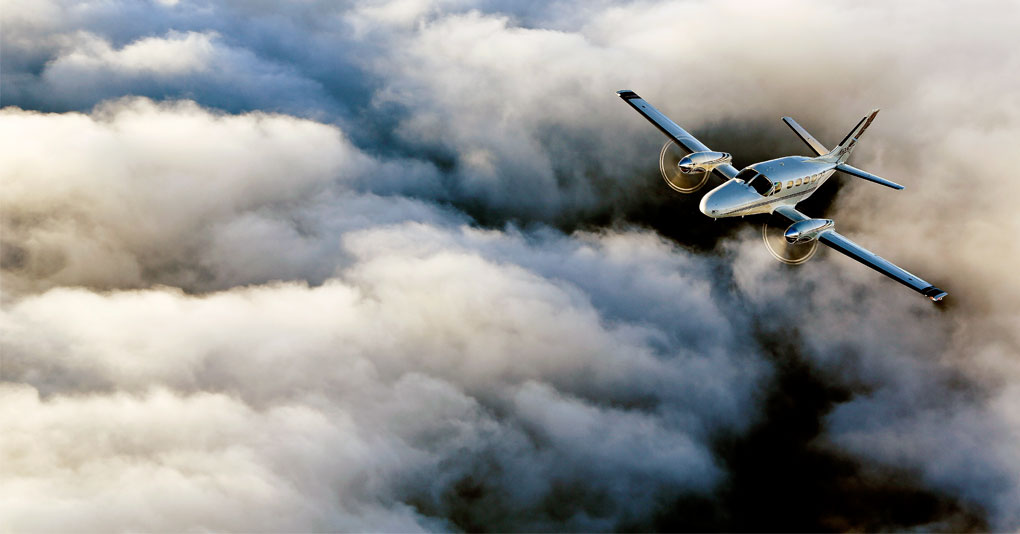
Photography by Chris Rose
The only disappointment among the Cessna Conquest II crowd is that the airplane could have been so much more. Frequently described as fast, comfortable, capable, versatile, and economical to operate, the twin-turboprop Model 441 was in production for just eight years. Cessna shuttered the production line in 1986 during a general slump in aircraft sales and at a time when it was further broadening its line of Citation jets. In fact, some say that the downfall of the Conquest II was that it nibbled at—and sometimes surpassed—the capabilities of the higher-margin turbofan airplanes. Cessna was competing with itself.
Longtime Conquest II owner Lee Gilbert is among those who wish Cessna would have stayed the course with the big turboprop and further developed the product. Stepping up from a Piper Aztec, Gilbert picked up his 1981 Conquest II new at the factory and has flown it 5,700 hours. While he loves the performance, he is quick to point out shortcomings as well. “It irks me that they didn’t do more with that airplane; it’s under-engineered,” he laments. “It’s like they took parts off a Cessna 172 for an airplane flying at 35,000 feet.” He notes the small-diameter, lightweight hydraulic lines and an anemic pressurization system as examples.
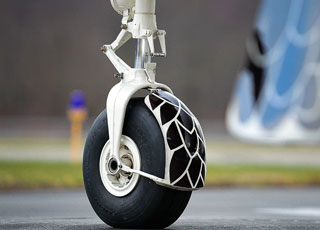
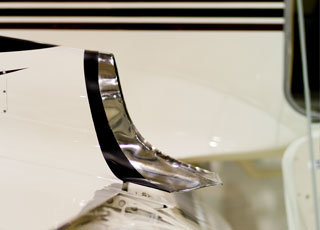
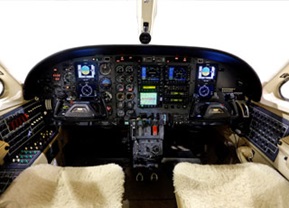
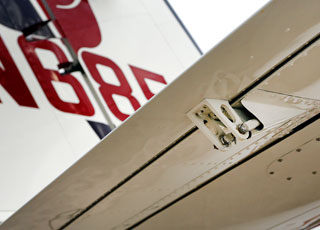 As capable as it is, the model started life under a cloud. Cessna and the FAA grounded the airplanes twice in its first two years of production because of tail-related failures. In one case, a crash killed all seven on board after a trim actuator broke, leading to tail flutter. Cessna added a second, stronger actuator, but even after that a demo pilot noted an unusual vibration in the tail, leading to another grounding of the fleet. In the end, after extensive additional flight testing, Cessna replaced the entire horizontal tail sections of all those already built—at no cost to customers—and the company supplied alternate transportation. The fixes included thicker skins on the tail surfaces, redesigned horizontal stabilizer leading edge and elevators, additional ribs, a second spar, and the dual trim tab actuators—supporting Gilbert’s claims that the airplane was under-engineered from the beginning.
As capable as it is, the model started life under a cloud. Cessna and the FAA grounded the airplanes twice in its first two years of production because of tail-related failures. In one case, a crash killed all seven on board after a trim actuator broke, leading to tail flutter. Cessna added a second, stronger actuator, but even after that a demo pilot noted an unusual vibration in the tail, leading to another grounding of the fleet. In the end, after extensive additional flight testing, Cessna replaced the entire horizontal tail sections of all those already built—at no cost to customers—and the company supplied alternate transportation. The fixes included thicker skins on the tail surfaces, redesigned horizontal stabilizer leading edge and elevators, additional ribs, a second spar, and the dual trim tab actuators—supporting Gilbert’s claims that the airplane was under-engineered from the beginning.
Regardless, the model, with its fixes, has survived the decades well, maintaining relatively strong market values and building a loyal customer base. Numerous large shops around the country support the 441 with upgrades and modifications, helping to further bolster retail values.
Looking back three decades, Gilbert remembers being buried those first couple of days in Conquest training, as he moved up from the Aztec to his first turbine. Today, SimCom provides simulator training in Dallas, having recently bought the training program from FlightSafety International. Gilbert will be headed for his first SimCom recurrent about the time you read this.
Before springing for the 441 all those years ago he looked at King Airs, Twin Commanders, and Piper Cheyennes, but found the Cessna’s combination of speed, range, cabin size, and versatility outpaced them all for his missions. That same combination promises a continuing place for the trusted Conquest II in his hangar. Asked about his next airplane, Gilbert shakes his head and gestures toward the 441. “I guess they’ll bury me in it.”
Email [email protected].
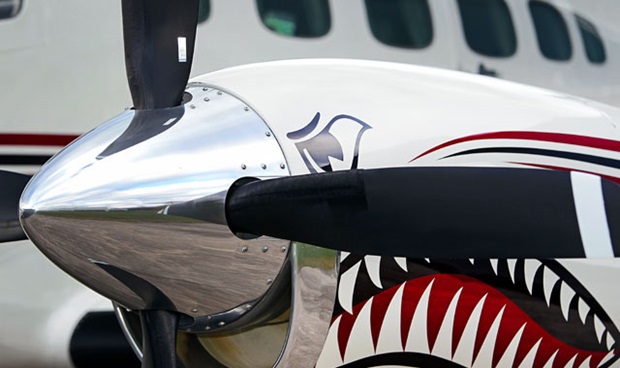
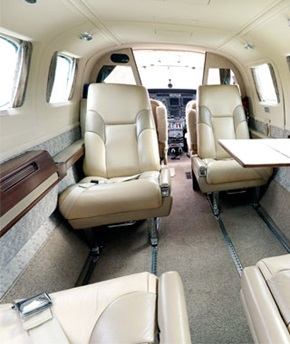
Cessna was in catch-up mode in the mid-1970s when it hustled into the turboprop market years after it had certified the first Citation. While turbofans looked like the future, Beech, Rockwell Commander, and Mitsubishi—among others—were having grand success further developing turboprops, airplanes with performance and capabilities that fit neatly between Cessna’s 400-series piston twins and the Citation. Brand-loyal Cessna customers were leaving the family for step-up turboprops. Never a company to let an obvious niche go untapped for long, Cessna ultimately fired back with the Conquest, delivering the first one in 1977. It followed with a second, smaller turboprop, the Model 425 Corsair, which later became the Conquest I and the 441 was anointed the II.
With nine to 11 total seats, a “wide-oval” fuselage lined with six squarish windows per side, and an optional potty, the Conquest II cabin is comfortable—although most have been upgraded with improved soundproofing to soften the din from the two big Honeywell/Garrett engines just outside. A switch from stock three-blade to shorter, but more efficient, four-blade props also quiets the cabin and improves ground clearance, climb rate, and cruise speed.
Another almost universal upgrade is the switch from the stock TPE331-8 engines, derated from 800 shaft horsepower to 635.5 shp, to the more fuel efficient TPE331-10 engines. The -10 engines are rated at 1,000 shp, but derated to the same 635.5 shp, generating a higher climb rate and, for an increase in fuel burn, a higher cruise speed. In his -10 airplane, Gilbert flight plans for 300 KTAS and frequently sees a bit more, usually flying at or near the airplane’s max certified ceiling of 35,000 feet where fuel burns decline to about 335 pounds an hour total—about 25 gph per side. In the mid-20s, cruise speeds climb even higher, but at the expense of range.
Of course, to get to altitudes above FL290 in today’s airspace, Gilbert had to spring for the $250,000 RVSM upgrade, one not always done on such older airplanes. While he didn’t like the RVSM price, the owner wanted to continue to use the Conquest II for what it was meant to do—fly high and far; and Gilbert likes his range, frequently making eastbound coast-to-coast trips nonstop.
I was onboard for a nonstop leg from Napa, California, to Frederick, Maryland, where we landed with nearly two hours of fuel still on board. On a day with light winds, Gilbert once made the westbound journey from his Lock Haven, Pennsylvania, base to Bend, Oregon, nonstop in eight hours and 15 minutes, landing with IFR reserves. Because of that bladder-busting endurance, the turboprop can frequently beat the door-to-door times of much faster, but shorter-legged jets.
Performance
- Max cruise speed, FL350 | 300 KTAS
- Max cruise speed, FL290 | 311 KTAS
- Max operating altitude | 35,000 ft
All specifications are based on manufacturer’s calculations for airplanes with -10 and four-blade prop conversions. All performance figures are based on standard day, standard atmosphere, sea level, gross weight conditions unless otherwise noted.
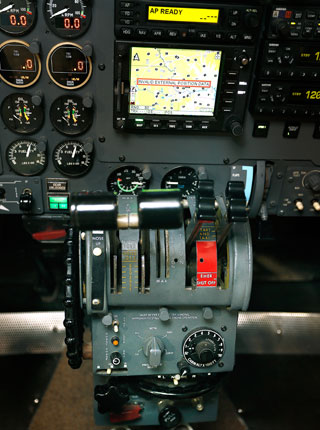
SPEC SHEET
1981 Cessna 441 Conquest II
Vref price: $1.25 million
Specifications
- Powerplants | 2 Honeywell TPE331-10N
- Recommended TBO | 5,000 hr
- Propellers | four-blade Hartzell or McCauley, 86/88 in
- Length | 39 ft 0 in
- Height | 13 ft 1 in
- Wingspan | 49 ft 4 in
- Wing area | 253.6 sq ft
- Seats | 8-11
- Cabin length | 12 ft 11 in
- Cabin width | 4 ft 7 in
- Cabin height | 4 ft 4 in
- Empty weight, as tested | 6,257 lb
- Max ramp weight | 10,240 lb
- Useful load, as tested | 3,983 lb
- Payload w/full fuel, as tested | 800 lb
- Max takeoff weight | 10,165 lb
- Max landing weight | 9,360 lb
- Zero fuel weight | 8,815 lb
- Fuel capacity | 475 gal usable | 3,182 lb usable
However, cruising that high, the Conquest’s cabin climbs to 11,200 feet, lighting the pressurization annunciator and causing Gilbert to sniff from an oxygen mask from time to time during the flight. The maximum differential is 6.3 psi, providing a book cabin of 10,900 feet, but old airplanes leak and the pressure gauges are not always accurate. A four-foot cabin stretch and a beefier pressurization system are two items on the longtime owner’s wish list. Gilbert placed an order for a Citation CJ2, but after realizing that the smaller jet didn’t deliver on the versatility in range and cabin configuration he had come to depend on from the Conquest II, he sold the turbofan without ever taking delivery of it.
Like many of the now 30-something-year-old airplanes, Gilbert’s panel is a bit of old mixed with a smattering of new(er). He replaced the conventional six-pack with a pair of Meggitt displays on each side and added an Avidyne MFD. However, his constant companion is a Garmin 696 handheld GPS. The original Cessna flight control system has been replaced by a Meggitt/S-TEC 2100 autopilot. Even stock from the factory, though, the cockpits were set up well for single-pilot operations, with gear, flap, and other switches conveniently located for the pilot.
Engine and power management also are easy, with engine start requiring only a touch of a button. As for power management, Gilbert says he can easily mix it up with airliners in busy terminal areas and still land short and get out of the way. For example, with the airplane configured for landing, he can be at 180 knots a mile from the end of the runway and simply by slowly reducing power, he can touch down on the numbers and make the first turnoff, causing airline pilots and controllers alike to ask, “What is that?”






